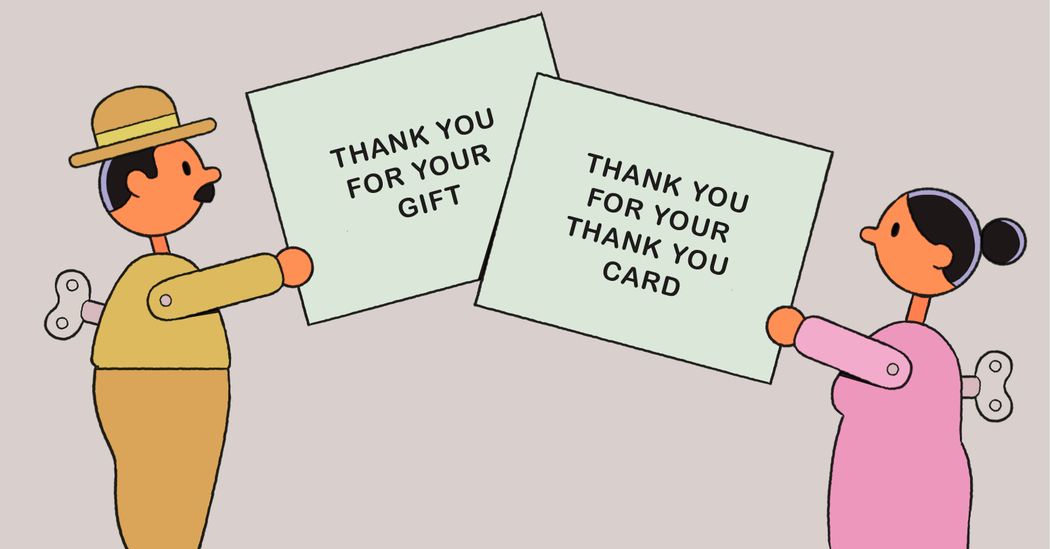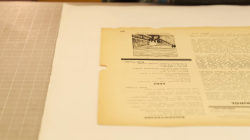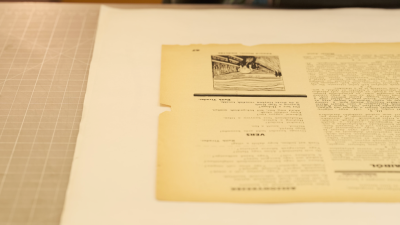These days, checking your mailbox can be a disheartening experience. You shuffle past catalogs and bills, riffling through political fliers and advertising postcards addressed to “Resident.” But sometimes, if you’re lucky, you come across an envelope with handwriting that you recognize, thanking you for something you did, or gave.
The thank-you note may seem to be an archaic holdover from a time of Rolodexes and rotary phones. But etiquette experts and social observers argue that a handwritten expression of gratitude has never been more important. It can even be a gift itself.
“Thousands of listeners tell us that they’re disappointed in how no one writes notes anymore saying thanks,” said Nick Leighton, the co-host of the etiquette podcast “Were You Raised by Wolves?” A handwritten thank-you note isn’t just a time-honored art, he argues: It’s an act of thoughtfulness that makes our society a better place by encouraging a spirit of generosity and appreciation.
And while an emailed thanks is a nice gesture, many experts say that, in this virtual age, a traditional, physical note is more powerful than ever.
“In my opinion, old fashioned thank-you notes matter more now than they have in the past because so few people write them,” Maggie Oldham, an etiquette coach based in Indianapolis, said. “Handwritten notes are a differentiator. They show the person you’re thanking that you made a sincere effort to acknowledge their act of kindness or generosity.”
A thank-you note is warranted, said Marcie Pantzer, the founder of the stationery brand Dear Annabelle, not just when people give you a gift but also when they go out of their way to do something nice for you, such as inviting you to their home for a special dinner, stepping in during a child care emergency or attending an event for a charity you support. They’re also fitting for a person who interviewed you for a job.
Still, Ms. Pantzer advises common sense, to avoid getting sucked into a never-ending thank-you vortex. “Sometimes a quick text will suffice, like if you thank someone for the flowers they sent for watching their pet when they were away,” said Ms. Pantzer, who started her brand to revive the tradition of written letters. “But in most cases, a note is appropriate.”
The ideal note is short and to the point. “I like a three-sentence structure,” she said. Thank the person for the gift or gesture and then be specific about why you appreciate it. Will you use the scarf she gave you this winter to keep you warm, for example, or did you enjoy meeting his friends and eating the delicious meal he cooked at a dinner party? If the person gave you a gift card or cash, how do you plan to spend it? Tell the person how the gift or act made you feel and how much you appreciate the time and thought that went into it.
The final sentence can reiterate the thanks and mention your next interaction with the person; for example, “I can’t wait to see you for our dinner in a few weeks” or “I look forward to hearing from you about the next steps in the job process.”
Closing salutations can vary depending on the formality of the relationship, Ms. Oldham said. If you’re writing to a colleague or a boss, “Sincerely” or “Best” is fitting. For a close family member or friend, go for “Love,” “Warmly” or “Yours truly” — or take a playful approach with “XOXO.”
As to what to write your thank-you note on, you don’t need fancy stationery or a card, Mr. Leighton said, although it’s a nice touch. A sheet of notebook paper will suffice. But if you want to go the extra mile, he recommends putting together what he calls a “No Excuses” box, filled with thank-you cards, envelopes, stamps and a pen so that writing that note is fast and easy.
Ms. Pantzer writes her thank-you notes with a rollerball or felt tip pen that doesn’t smear. She values these notes so much, she said, that she saves the ones she receives as keepsakes. “I reread them and relive that special experience,” she said. “You’re unlikely to save a text but you can hold on to a note forever. Showing gratitude through writing never goes out of style.”
Sumber: www.nytimes.com










